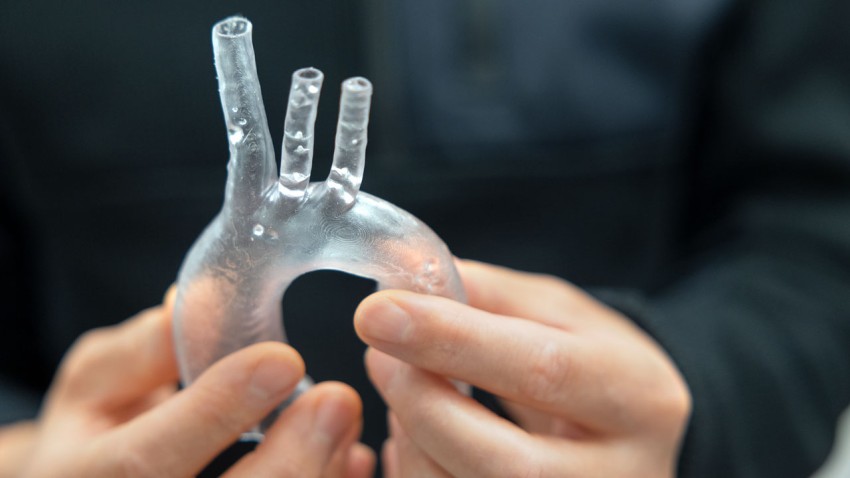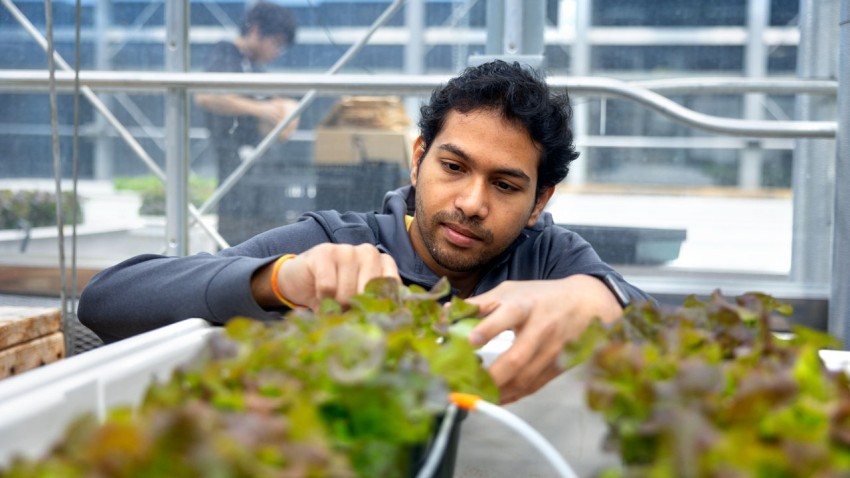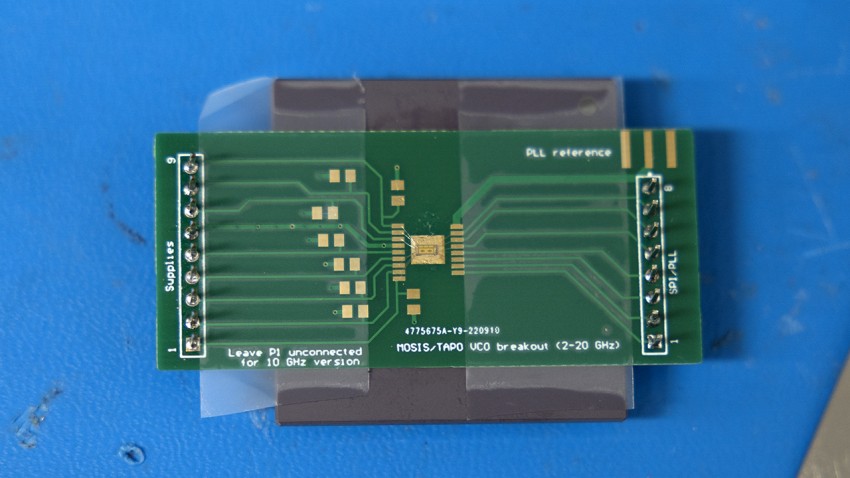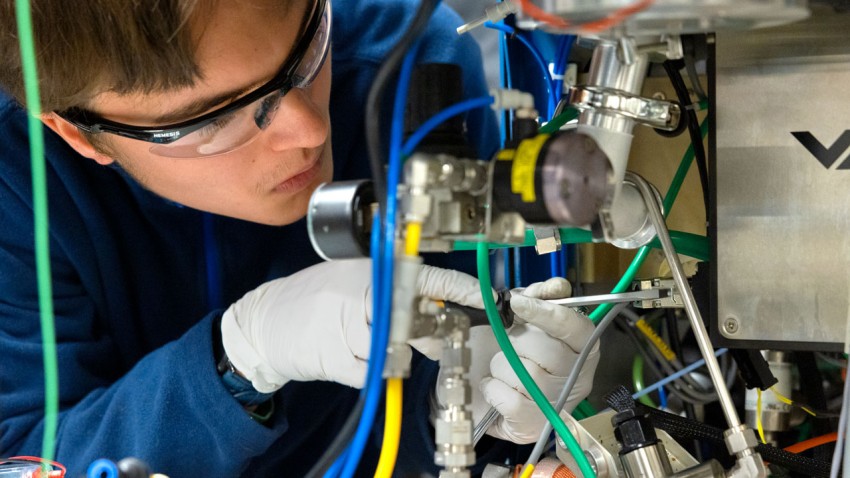News
-
![John Marohn, professor of chemistry and chemical biology, and doctoral candidate Virginia McGhee inspect a electrostatic force microscope that is used to study perovskites.]()
Solar solutions: ‘Crazy’ perovskite offers sustainable alternative to silicon
Over the last decade, perovskite photovoltaics have emerged as the most exciting alternative to silicon, with Cornell researchers studying how the material can be grown to be more durable for optimal performance, and be recycled.
-
![Anova Biomedical's first-of-its-kind biodegradable graft material for cardiovascular patients not only expands and contracts likek blood vessels; it is also absorbed into the body as new cells take its place.]()
New biodegradable graft could help cardiovascular patients
The first-of-its-kind material not only expands and contracts like blood vessels but is also biodegradable; new vascular cells to grow around the graft as the body absorbs it.
-
![soft jellyfish robot]()
‘Embodied energy’ powers modular worm, jellyfish robots
In the same way that terrestrial life evolved from ocean swimmers to land walkers, soft robots are progressing, too, thanks to recent Cornell research in battery development and design.
Latest Awards and Recognition
View all-
Zhang, team earn best paper award
Zhiru Zhang, professor, and his team received the Best Paper Award at the International Conference on…
April 21, 2025
-
Abers chosen Chair-elect of Earthscope board
Geoff Abers, William and Katherine Snee Professor, has been chosen as Chair-elect for Earthscope’s Board of Directors. This…
April 21, 2025
-
You’s study featured on ES&T cover
Fengqi You, Roxanne E. and Michael J. Zak Professor, had his study “Robust Assessments of…
April 21, 2025
-
You study featured on cover of ES&T
Fengqi You, Roxanne E. and Michael J. Zak Professor, had his study “Climate Sustainability…
April 7, 2025






